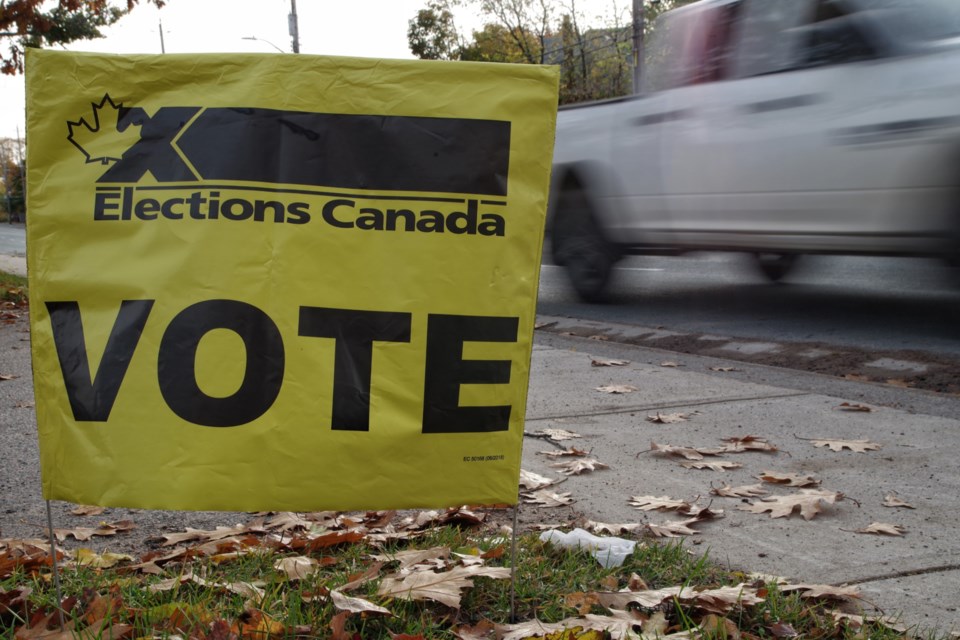It’s going to be tough for a challenger to unseat the Conservative incumbent in either of Wellington County’s two federal ridings, and if it does happen, it’s likely to be due to forces at the national not local level, says a University of Guelph political science professor.
“I would never say never, we always have elections where we have big shifts, but they’re not common,” professor Tamara Small said, evaluating the chances of a Liberal, NDP or Green candidate being elected in the county. “It’s going to be difficult.”
Wellington–Halton Hills and Perth–Wellington have both been held by the Conservative Party since the electoral districts were first contested in 2004.
Michael Chong has been the MP for Wellington–Halton Hills for the entire 17 years the riding has been in existence.
In Perth–Wellington, John Nater succeeded a fellow Conservative when he was elected for the first time in 2015.
As both men seek another term on Sept. 20, Small said they benefit from “the incumbent bonus,” the idea that incumbents tend to win again.
Plus, because the margin of their victories has been so large, it makes it difficult for other parties to recruit candidates to face them, she explained. It also means with limited funds and time, parties are likely to make the calculation it’s not worth devoting major resources to campaigns in Wellington County.
“Parties do not put their money and resources in two places," Small said. "Places that they’re going to win, and places that they’re going to lose."
Similarly you're not likely to see party leaders visit Wellington County, with the exception of Conservative Party leader Erin O'Toole who might stop by to "shore-up excitement," Small explained.
Instead parties focus on ridings that are determined to be “in play,” which generally means the difference between the first place and second place candidate is 10 per cent or less.
“Because you can move 10 per cent of voters, which means that you could win, but if you’re trying to move 20 per cent of voters, that’s a lot of people,” Small said.
Political scientist Tom Flanagan calls this "the Rule of 10."
In 2019 Chong captured 47 per cent of the vote, while the liberal candidate in second place received 28 per cent, a difference of 19 percentage points
Nater meanwhile won with 46 per cent of the vote, followed by the next closest candidate at 27 per cent, also a difference of 19 percentage points.
When big shifts that do happen, it’s most likely due to something happening on the national stage, explained Small. For example, in 2011 the Orange Wave delivered the NDP 59 seats in Quebec, a province where the party had never won more than one seat in a general election. In 2015, the Liberals swept to power after increasing their seat count fivefold from 36 to 184.
“On day-one of the campaign, it doesn't look like this is that kind of election,” said Small. “But this is going to be a campaign, in some ways, like no other.”
There’s no precedent for how voters might feel if cases suddenly surge in Ontario, making it hard to speculate on how the election might play out, said Small.
Meanwhile, candidates challenging conservative incumbents might be able to capitalize on animosity toward Premier Doug Ford, but Small's not sure it will be enough to move a critical mass of voters in Wellington County.
"If we were at 10 per cent, I might say Ford dislike might move 10 per cent," Small said. "But we're not at 10 per cent."
